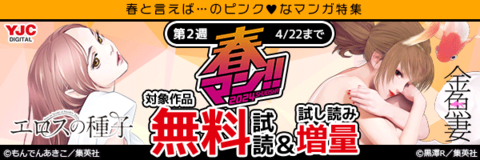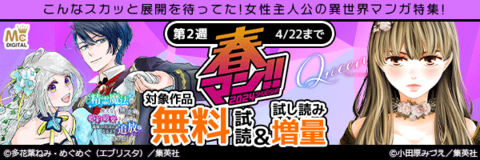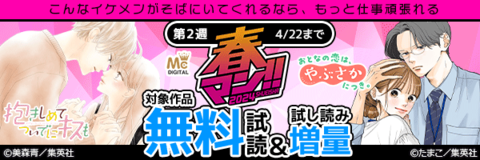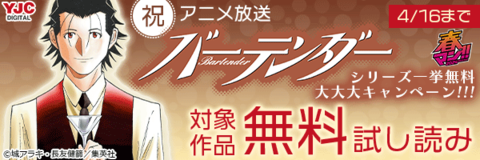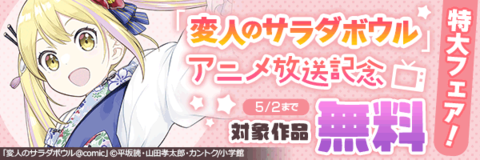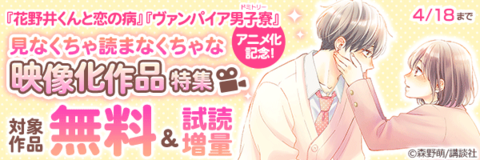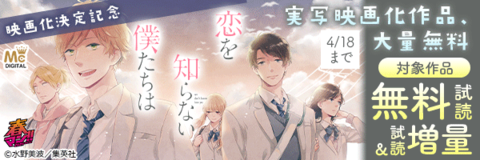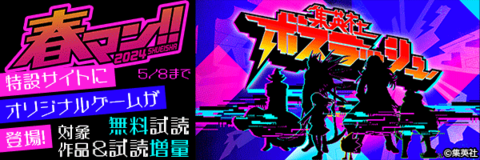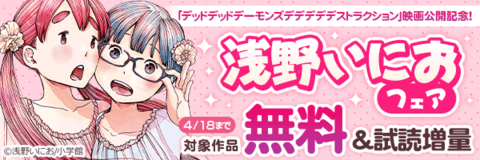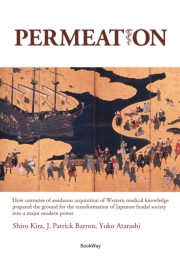 | |
When was the real voice of Western Medicine in Japan first heard? On the occasion of arrival of Catholic missionaries supported by Portuguese voyagers on mid-16th century? In the age of Nanban (Iberian) and Komo (People of Northern Europe) medicine in the first quarter of the 17th century? Or on the lifting of the ban on the study of Rangaku (Dutch studies) by the Shogun Yoshimune on the mid-18th century? Its growth was influenced often, widely and greatly by pressure from various sources, both within Japan, and countries in Europe or even the US, which had no formal relations with Japan at that time. The author in fully convinced that the growth of Western medicine in Japan was the seeds bed, or at least cultural crucible of the modern history of our country itself. Whithin just over a century, from the lifting of this ban on studying Rangaku by the Shogun Yoshimune until the Meiji Restoration, our forerunners devoted themselves to the introduction of Western medicine to our country, highly evaluating its significance despite turbulent political and social conditions within our early modern history. First of all, they introduced exact illustrations of the inner structures of the human body as basic and important knowledge for physicians in their daily clinical work. Previously they had been given imaginary and nonscientific pictures derived from Chinese medicine, but now they spread medical knowledge classifying it into internal medicine, surgery and gynecology. Furthermore, they expanded their interests into the forefront of astronomy, geography and military science developing essential knowledge in these fields for the modernization of Japan. On the occasion of the annual visits of homage to Edo by the Dutch factory's staff from Deshima, the Japanese raised multiple questions regarding these items, based on the knowledge acquired through previous visits and asked for introductions to newly-found evidence and requested to import new books on those subjects, to be brought from Europe to Japan the following year. At the beginning, interpreters in Nagasaki were of course the teachers for the next generations of Rangaku scholars. Literally, with the sensation of “essaying on a voyage on a wide ocean in a rudderless boat" they started their work of translation of Dutch books. Then they organized the Dutch-Japanese dictionaries with unceasing effort. They increased the numbers of the dictionaries by hand copying, page-by-page, in Dutch horizontally, and provided corresponding Japanese words vertically. The technique to increase the number of the translated book was to print. However, the way of printing at that time was to use wood plates to inversely carve the letters and figures. To spread knowledge of western countries widely within Japan required a remarkable amount of labor, time, effort and money. In addition to the above described efforts, to generalize the new knowledge further, they established Rangaku Juku, and did their best to educate young students, hoping they would transmit knowledge to the next generation. Students who studied at each Juku, also understood the intention of their forerunners and expanded their learning from medicine to science, social science, and foreign languages other than Dutch. As well informed persons, they went back to the cities of their lords, and reported to them the news and trends of the modern countries in the world. It is not sure whether they predicted the collapse of the Tokugawa Bakufu, the Meiji Restoration and the arrival of the new Meiji age or not. However, it is not too much to say that they played a role in bringing up young, capable persons who pushed forward the change of Japan at that time, The growth of our western medicine was based on a continuation of terrible struggles, filled with hardships, and was not at all smooth. From there, the new Japan was born.著者について
話で読む | 巻で読む |

















 無料会員登録
無料会員登録
 はじめての方へ
はじめての方へ
 ご利用ガイド
ご利用ガイド
 やまだ書店からのお知らせ
やまだ書店からのお知らせ
 無料タイトル
無料タイトル
 割引タイトル
割引タイトル

